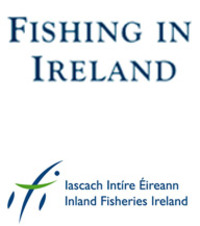


Local Sponsors
-
Rory's Fishing Tackle
17A Temple Bar, Dublin 2 Ireland
Rory's Fishing Tackle, established in 1959 is one of Ireland's premier angling stores. Located in Dublin’s most famous area, Rory’s takes pride in being the oldest retail shop in Temple Bar. We are surrounded by renowned landmarks including the Halfpenny Bridge, Trinity College and O’Connell Bridge. Established over sixty years ago by Rory Harkin, and now run by his daughter Mary, Rory’s has been a landmark for all angling enthusiasts and is referred to by many as a 'University of Fishing'. Rory's cater for both freshwater and sea angling and are stockists of all leading brands. See our large range of rods, reels, lures, 1000's of flies and accessories. We stock a selection of boots/waders and clothing including our range of famous t-shirts as purchased by the late Amy Winehouse with the saying "If you want to be happy for a day - get drunk, for a week - get married, for life - go fishing". Rory’s also has an online store and ships worldwide. We always attempt to stock the latest, top quality goods at the best possible prices. Our staff are passionate about fishing and have a wealth of experience throughout Ireland and overseas. We are always available to give advice on where best to fish and to recommend the best angling methods. Rory’s provide live and frozen bait and are an authorised distributor of fishing permits. Rory’s are also stockists of archery equipment including bows, arrows, targets and accessories. We are also a registered ammunition dealer and stock rifle and shotgun ammunition.
-
An angler's guide to the best fishing in Ireland.
Inland Fisheries Ireland. Swords Business Campus Swords Co. Dublin.
Ireland is recognised as being the outstanding fishing holiday destination in Europe. The vast variety and quality of fishing in Ireland makes it the perfect destination for your angling holiday. Please have a look at our guide on our website.


